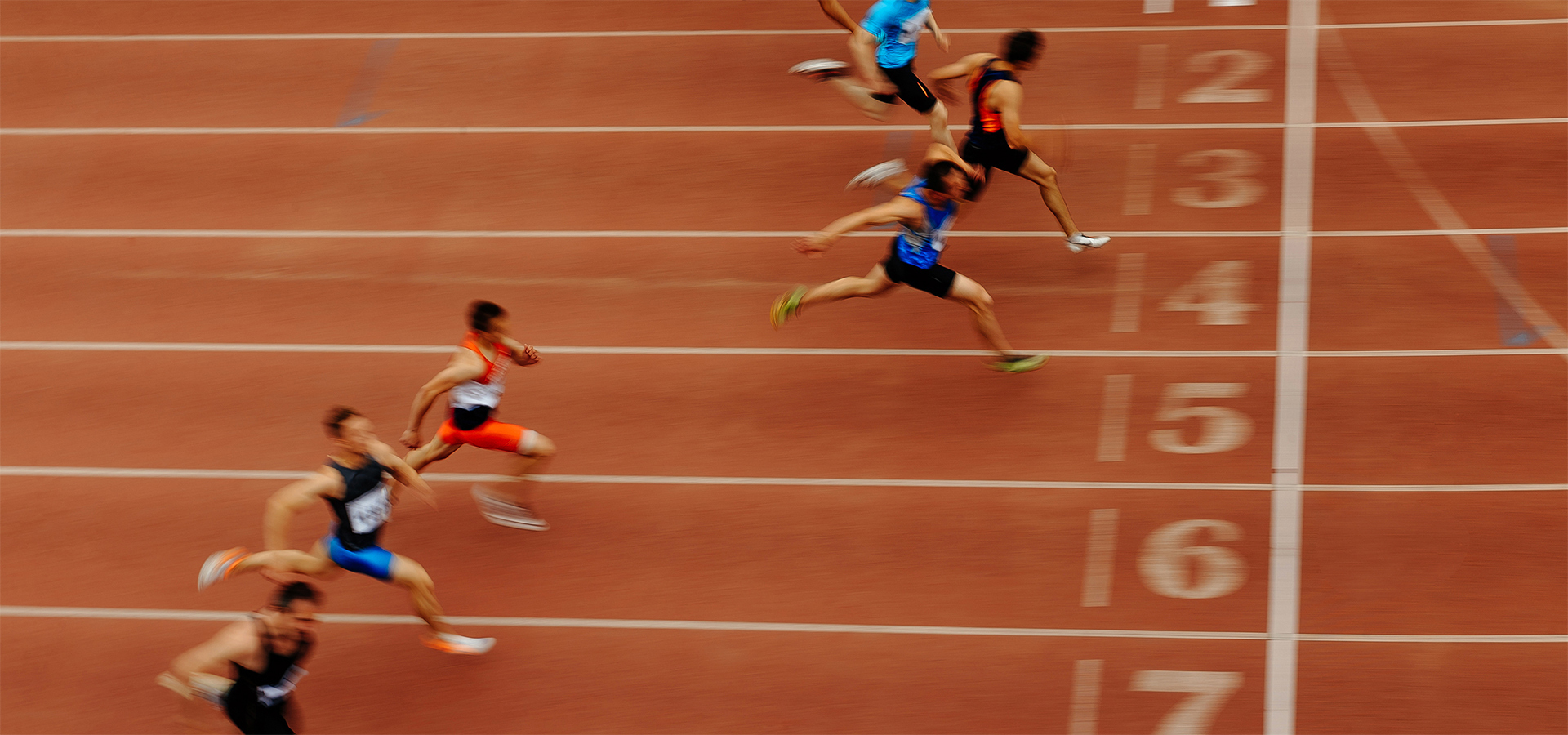
Maximizing Athlete Potential: The Power of Gait Data for Sports Biomechanists
The goal of every athlete, coach, and physical therapist is to increase the range of movement, heighten reaction time, increase speed and agility, and decrease the risk of injury.
Biomechanists specifically train to help athletes and other people achieve the above goals. Their field aims to marry physical movement and fundamental biology to produce better outcomes in sports and daily life.
One of the best tools for any sports biomechanist is gait data: information about how a person stands, walks, and runs. Sports teams that ignore such data do so to their detriment, while those that take it seriously are likelier to take home the gold—or other prestigious prizes.
The question then becomes, how can we best put biomechanics to use? Let’s take a minute to review the field of biomechanics, its current limitations, how better data leads to better athletics programs, the role gait analysis plays, and where you can find the solutions, you need.
Sports Biomechanics: A Granular Field
Biomechanics generally studies human movement to increase its efficacy and prevent injuries. Biomechanical research—learning how people move both correctly and incorrectly—enables biomechanical engineering, the process of designing products that help athletes and other people increase their efficacy.
Specifically, a sports biomechanist helps athletes increase their economy of movement and spot errors in action. This approach improves sports performance in two primary ways:
- Athletes become faster, conserve energy more effectively, and hit their targets more often—whether turning and catching a pass, landing safely after a roundhouse kick, or hitting a dead-center drive.
- Sports professionals are less likely to repeat flawed or imprecise movements that increase the stress on various anatomical locations and make injury more likely—or make it harder to heal from a recent injury or chronic issue.
The sports biomechanical field partners with teams and individuals to ensure better performance more often.
That doesn’t mean current practices are perfect, however. There are many ways they go wrong. Luckily, understanding the limitations of sports biomechanics can remediate these issues.
Limitations to Biomechanics Research and Clinical Analysis
As well-intentioned as any sports biomechanist is, they are only as good as their tools. Today’s equipment is certainly advanced compared to, say, a century ago. In many ways, however, professionals are limited in their study of human movement by a failure of equipment to deliver the detail they need.
Much of the technology in use today suffers from the same fundamental issues. The technology:
- Does not capture movement in small enough segments to provide the necessary information about what is going on during a specific movement.
- Fails to provide good data about where the foot impacts a surface, such as the distribution of pressure along the sole of a foot during a golf swing.
- Is not easily repeatable, requiring endless recalibration and rework.
- Is not durable, requiring more expensive investments in upgrades or entirely new systems.
- Doesn’t offer easy integration, requiring third-party systems to get software and hardware to “talk” to one another.
Together, these problems leave you with gaps in your data. No matter how valuable that data might be where it does function well, you need help seeing the whole picture.
Simply put, incomplete data equals less productive training and reduced results. Better data equals better results and better athletes overall.
Better Data, Better Athletes
The goal of any sports biomechanist is to ensure the best possible data. That way, they can increase the effectiveness of biomechanical engineering strategies (shoes, orthotics) and movement (drills, practice, competitions).
Enter gait analysis. This process studies the gait cycle—the entire revolution of a foot leaving the ground to that same foot returning to the ground. This cycle impacts how athletes walk, run, or even stand and pivot. Each mode of human movement affects how well an athlete performs when it matters.
Moreover, each form of movement requires information from one specific location: the bottom of the foot.
To gain precise gait data, you need a few things, including:
- Equipment that maps pressure distribution along the sole as it performs a particular movement.
- A high degree of precision, requiring thousands of data points to create a seamless picture.
- A high frame rate, meaning more data is gathered every second to generate precise images and slow-motion videos.
Without this data, sports biomechanists suffer from a lack of insight. This lack leads to errors in footwear, practice, or rehabilitation recommendations. These errors, in turn, lessen the performance of the individual athlete and team.
Time for a better solution.
XSENSOR: The Solution You’ve Needed All Along
Athletic programs face some stark realities. For instance, according to the CDC, there are 8.6 million sports and recreational injuries in the United States annually. Add to that a mere 0.25 seconds separates the top 5 world's fastest 100 m sprinters, and you have a significant challenge.
If you’re a sports biomechanist or employ one, the good news is that you can leave the frustration behind and fully realize the potential of gait data today. By gathering precise measurements above human movement, specifically surface pressure data of the foot, you will receive more insights, optimize training and footwear recommendations, and maximize injury recovery time.
With XSENSOR on your side, you can get all the information you need with gait and motion insoles, which map movement along the sole out in the world or in the lab comfortably so the athlete can perform as they usually do. It’s the perfect solution.
Say goodbye to incomplete data and blind spots. Say hello to the human performance solution you’ve needed all along.
Ready to learn more? Get in touch with XSENSOR to book a demonstration today.
